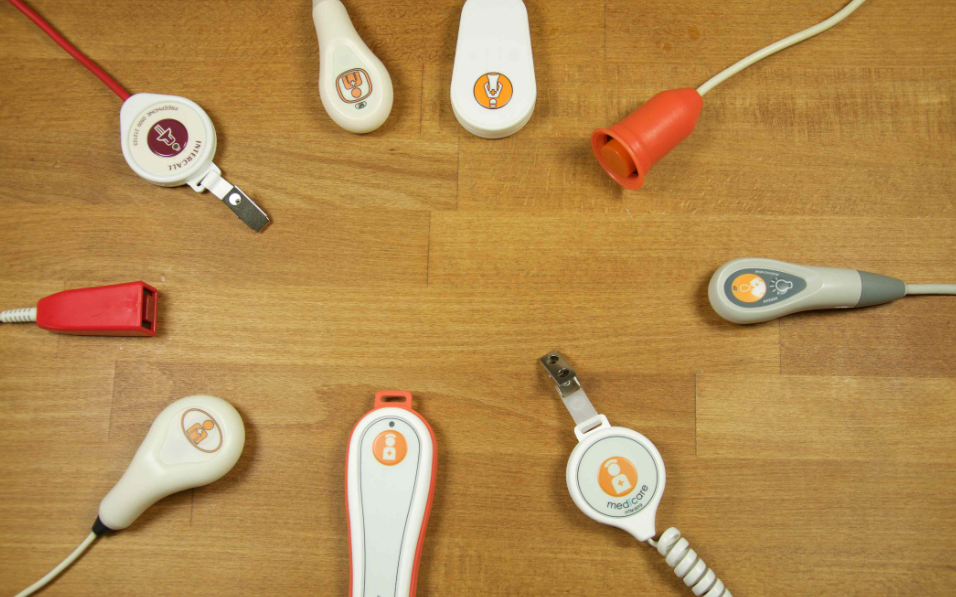By bridging the gap between patients and medical staff, nurse call systems serve as a lifeline in healthcare facilities. These systems play a vital role in ensuring patients’ safety and well-being by enabling them to request assistance promptly. In today’s digital age, nurse call devices have evolved beyond traditional call buttons. Let’s examine
Basic Features
Call Buttons
Accessible call buttons placed near patients’ beds or in restrooms allow them to summon assistance with a simple press. Immediate access to help is crucial, particularly for patients with limited mobility or those in critical conditions.
Alert Notification
Real-time alerts are imperative to ensure nurses can respond promptly to patient calls. Once a call button is pressed, the system should relay notifications to the assigned nurses or caregivers, ensuring no call goes unanswered.
Advanced Features
Advanced nurse call goes beyond one-way communication, enabling patients and nurses to interact directly. This feature is particularly beneficial for patients who need reassurance or have non-emergency queries.
By connecting the call system with the hospital’s scheduling and staffing software, the system can automatically route calls to available nurses based on their assigned shifts and expertise. This integration also enables automated staff assignments based on the priority level of the call, ensuring urgent cases receive immediate attention.
Enhanced Capabilities
Mobile access allows nurses to provide care on the go, enhancing their responsiveness and efficiency. It also facilitates quick communication between caregivers and GPS technology-fueled streamlining. Call systems with robust analytics capabilities can track response times, call volumes, and overall system efficiency.

Considerations for System Selection
Scalability and Flexibility:
Healthcare facilities experience dynamic changes, and their needs may evolve over time. Choosing a call system that can scale and adapt to changing requirements is vital. Whether it’s a small clinic or a large hospital, the system should be capable of accommodating future expansions without significant disruptions to operations.
Ease of Use
User-friendly interfaces are key to the seamless adoption of the call system. The interface should be intuitive and straightforward, requiring minimal training for both nurses and patients. An easily navigable system allows caregivers to focus on patient care instead of struggling with technology.
Conclusion
Selecting the right nurse call system can have a significant impact on patient care, staff efficiency, and overall healthcare outcomes. By prioritizing the adoption of innovative and feature-rich call systems, healthcare facilities can set themselves apart. So, if you are looking to streamline care, a state-of-the-art call system is the way to go.

